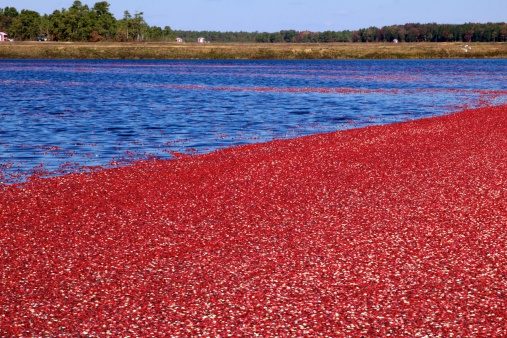Scotts Valley, CA—The American Herbal Pharmacopoeia’s recently published a 96-page monograph on cranberry, including information about standards for analysis, quality, control and therapeutics.
The document offers a brief history of the use of the berry along with some identification parameters and processing, drying and handling techniques.
A key part of the piece discusses analytical techniques for authenticating products, as well as tools and tests for cranberry’s insoluble proanthocyanidins (PACs). For instance, the monograph discusses how Matrix-Assisted Laser Desorption/Ionization Time-of-Flight Mass Spectrometry (MALDI-TOF MS) can authenticate PACs and help determine shelf-life based on stability. These techniques will help standardize cranberry potency in that the percentage of soluble and insoluble PACs can be identified, thereby helping to make a standard for raw materials.
Also included in the monograph are summaries of important human and animal studies uncovering the benefits of cranberry for heart, urinary, immune, gut and oral health.
Stephen Lukawski, director of sales and business development for Fruit d’Or Nutraceuticals, which uses the protocols outlined in this monograph, called the document “a turning point for the cranberry industry. The monograph showcases the future of cranberry, which is poised to become the next superberry.”
Lukawski went on to say, “New analytical tools open the door to new science.” Moreover the monograph offers consumers confidence in confirming that the cranberry products they buy contain the active components and are efficacious.
Published on WholeFoods Magazine June 2016 (Online 4/29/2016)










